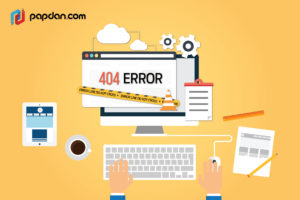With so many updates, nowadays SEO puts more priority on context. This makes context is above keywords. But, this doesn’t mean that you will neglect keywords relevancy and authority. Therefore, as a SEO engineer who works for SEO service, you have to understand and combine what Google wants and what users want.
If you assume that Google will understand the context of your content while you build a strong brand and positive user experience, you will still have to consider about the hierarchy of your content, how to organize it, and how to build context that can rank for multiple keywords, so that it will meet your conversion goals. Below are several tips on how to optimize and focus on keywords.
- Know Your Current Content
After determining your conversion goals, you may need to set your analytics house, and conducted keyword research, then you’re ready to organize your keyword data into meaningful topics. Instead of stemming or use all of the literal variations of the terms and its plural or singular versions, you can find sets of terms on the same topic and group them together.
Usually we often fall into the most general topics of the niche or industry when running an e-commerce site. Most B2B sites follow a pattern as well with top-level business industry terms, product or service categories and the products or service themselves.
As keywords grouped into topics, so it is possible to take the important next step of mapping your keywords to existing pages of content or conducting a content audit. As the first step you can run a crawl of the existing site structure with screaming Frog, download the HTML page results into Excel, and then get to work putting topics and terms out to the side of specific pages.
When you know you have content gaps and need to create more, that’s when you can turn around and quickly search to see which websites own the top of the SERPs for those topics and draw inspiration (without copying them) for ways to fill the gaps with your own content and draw inspiration for ways to fill the gaps with your own content and make decisions based on priority.
- Optimize Site Architecture
Even though, you can start once you know where you stand with content, then having a plan for filling gaps but first you need to figure out how to organize the content. This means balancing user experience, with product/service offerings and topical keyword search volume. Moreover, build out your site hierarchy working top to bottom going from most general to most specific. Even though, mostly sites are already built this way. However, site navigation and structure is often dictated by an internal or organizational view when SEO isn’t involved.
Besides, you are able to cast a wider net in terms of rankings and visibility, by taking an approach that looks at essentially any page at any level on the site as an entrance point and landing page for one or more topical keywords. In fact, all of your efforts will destruct your message, when you try to rank for too many terms with a single page or section of the site.
- Do Your On-Page Optimization
It is surprising that there are so many SEO campaigns that neglected the basics of on-page optimization. In fact, these SEO basics still apply. However, you need to look at it deeper than just trying to merely produce content and organize it well top to bottom in the site. Besides, you need to ensure proper categorization, when you’re building context for the user and Google. Another power in the on-page variables is having all factors working together with architecture and on-page optimization.



